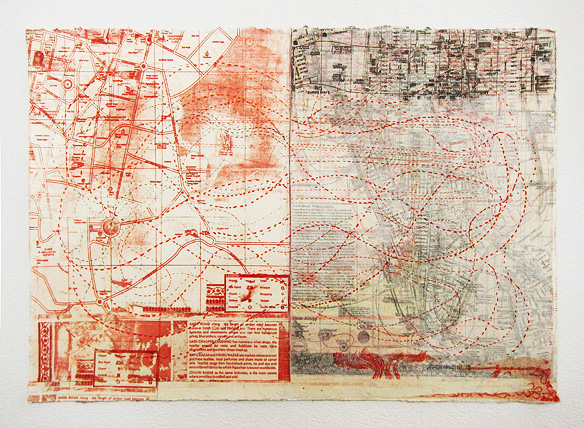
Two friends seated in discussion. Way back in the year 1810-12 in Delhi. Two very real, very ordinary people. Just like you and me. And if it weren’t for an art form that went by the name Kampani Kalam in the local Indian lingua franca, or Company Paintings in English, these two gentlemen would have been forgotten in the pages of time.
But they survived. The two, not meeting my eye, but seemingly fully aware of being the focus of my attention last Sunday, were part of a special exhibition at Delhi’s National Museum. Some two hundred other paintings hung around me, but this hung in the spectrum of time. Their true-to-life faces, their elaborate local costumes, even the hair on their arms and chest.
Through them, I could travel back 210 years. In a flash. Continue reading








